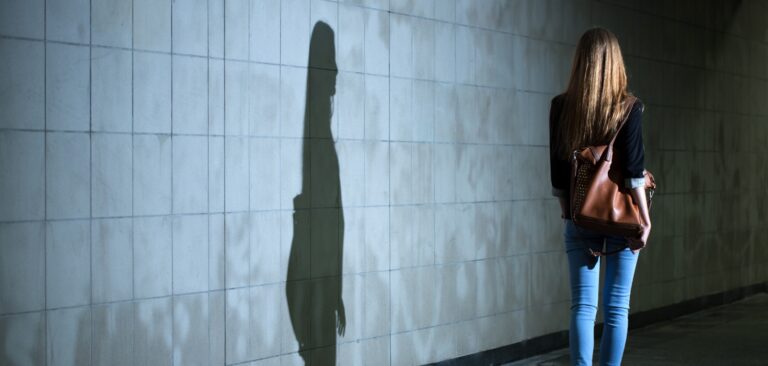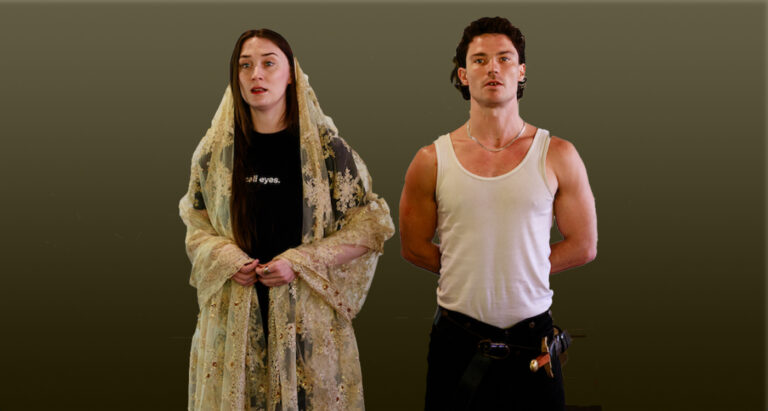
Museum of Flood Engineering and Innovation at Parramatta

Opinion by KYLIE WINKWORTH
For the second time in 13 months the Parramatta River broke its banks last weekend and washed across the site of the Powerhouse Parramatta development.
It was a bad look for the Museum of Applied Arts and Sciences (MAAS) which is trying to raise $75m for the project. Museums and dirty flood water are never a good mix. Images of the brown torrent of debris-laden water raised fresh doubts about the wisdom of the NSW Government’s decision to approve the $1b development on a site that is in a high risk flood zone.
The NSW Government has never explained why the constrained Phillip St site was selected for Parramatta’s new museum, spruiked as the largest cultural investment since the Sydney Opera House.
The business lobby wants the development there to support Parramatta’s night-time economy. They have been quick to dismiss the heritage value of Willow Grove which is in the way of museum progress. This handsome Italianate villa was built in 1891 by the Parramatta businesswoman Annie Gallagher from the profits of her millinery, drapery and haberdashery business. It has a remarkable history of women’s ownership and business enterprise.
Willow Grove is now the focus of a Green Ban and a potent heritage battle about the neglect of women’s heritage places. This is eerily resonant with current events around the lack of respect for women in and outside Federal Parliament.
The appropriateness of selecting a flood prone site for a new museum was never investigated in the Environmental Impact Statement (EIS) for the project.
This is a site that is so exposed to flooding that an undercroft is required for the conveyance of floodwaters. It will be the first museum in the world designed to allow high velocity floodwaters up to 4m metres deep to flow underneath the museum. The computer animation of this bit of flood engineering and innovation is worth seeing.
The Powerhouse intended to use the undercroft for exhibitions, public programs, a café and community activities, until it was ruled out by the Department of Planning’s peer review flood expert, and the conditions of consent.
The Powerhouse Parramatta was approved last month with 188 conditions. Willow Grove will be deconstructed and moved, exactly where and at what cost is not specified. There is no concrete requirement for it to be rebuilt, there only needs to be a plan for its relocation.
After more questions last weekend about the flood risks on the Powerhouse Parramatta site MAAS issued a reassuring statement that the engineering work by Arup “will ensure that the ground level of the museum will never be impacted by a flood event”.
This is not correct. ARUP’s own report for the EIS shows the Powerhouse Parramatta has a 12% chance of a flood occurring in the 100 year design life of the museum. That is not never. A rare Probable Maximum Overland Flood will be 3.8m through the ground floor of the museum, destined to display the treasures of NSW.
Will the museum be safe for collections? We don’t know. The flood risks to the museum’s collections were never investigated in the EIS. A Flood Damages Assessment is a condition of consent, but that work will not be done until the building is ready for occupation. It is extraordinary that the NSW
Government is poised to spend over $1b on a museum and will not know if the development is fit for purpose, and safe to display the Powerhouse collections until after it is built.
No wonder museum experts and community groups are calling for the museum to be relocated to the more expansive Fleet St precinct in north Parramatta. Relocation might save another women’s heritage site at risk, Greenway’s 1818 Female Factory.
At present the NSW Government’s best idea for this site, the women’s counterpart of the Hyde Park Barracks, is to turn it into a start-up hub.
Anywhere else but Parramatta it would be a World Heritage listed museum.
And safe from floodwaters too.









